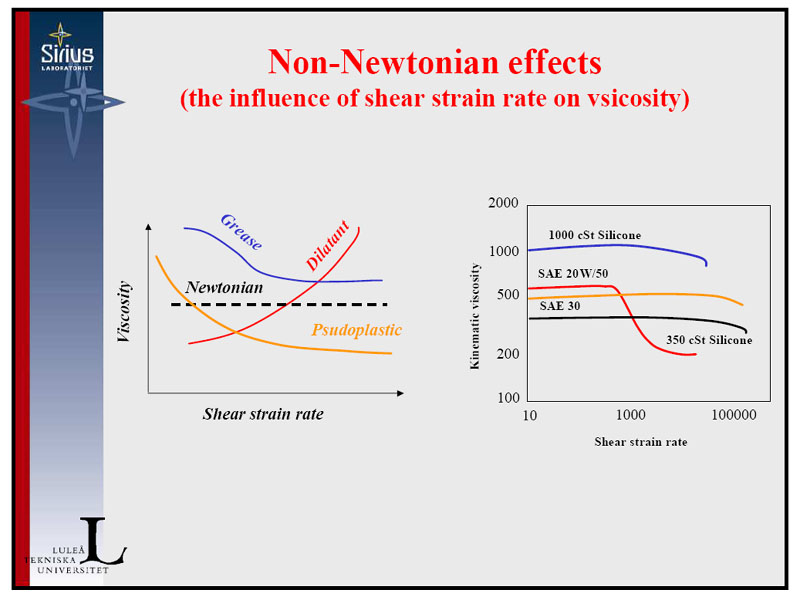Buster, they are probably multi-grade because they only have to hold the engine together for one race.



Quote:
G-MAN, why do you think then that most racing oils are multi-grade such as M1R? Or, are most racing oils VII free? I can only think of RL that uses straight grade. And then you have Eneos with their 0w-50? Obviously VII's.
Quote:
Here's an advanced "course" on polmeric viscosity index improver's effect on lubrication. There are many others as well.
http://www.cheric.org/PDF/KARJ/KR15/KR15-3-0117.pdf

Some do, some don't. I can go over to Murrays and they have Valvoline SAE 30 non detergent, and right next to it is the SAE 30 SL rated stuff and SL definitely has detergent. Just check the bottle. If it's non-detergent, it should say so.Quote:
But.... doe's staright 30w have detergency in it?




